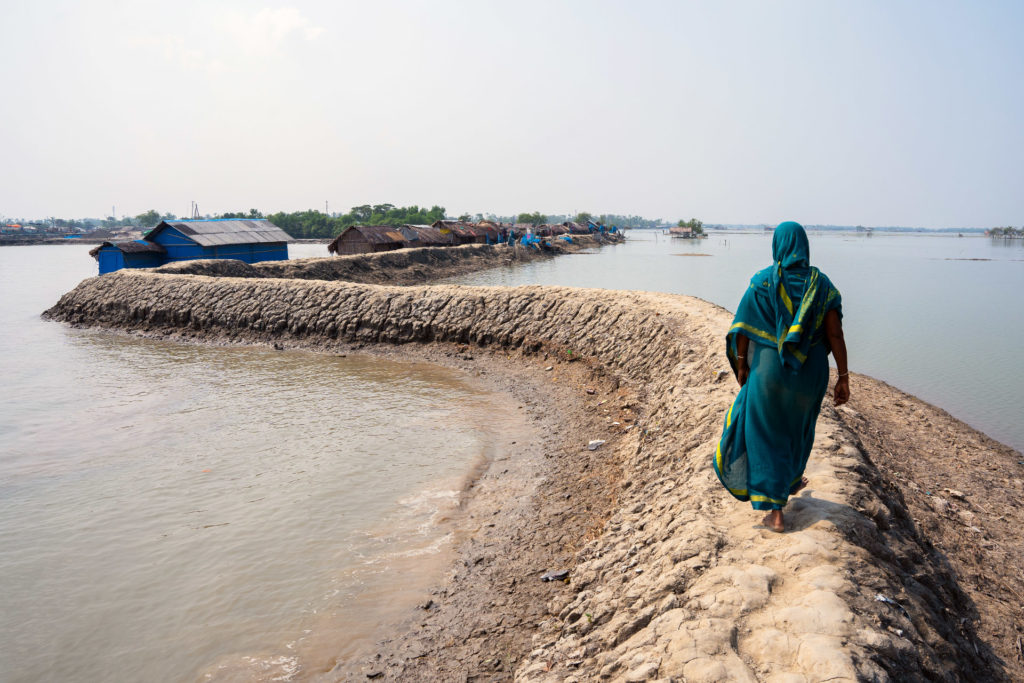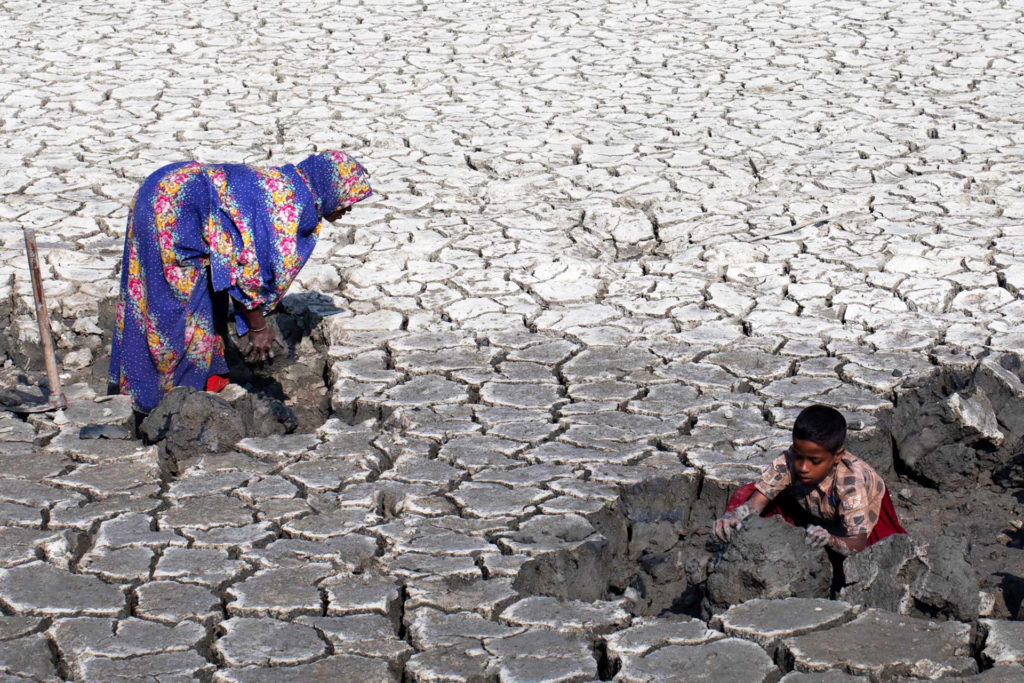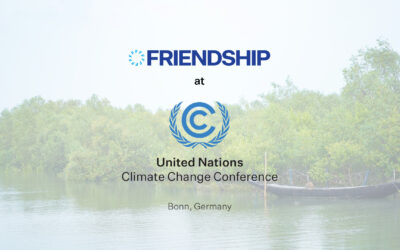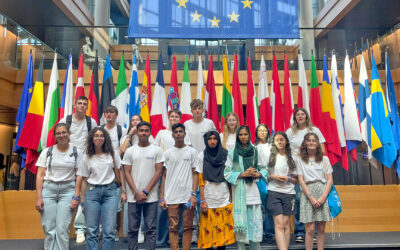
by NAUSHAD ALI HUSEIN
April 7, 2022
Many of the world’s biggest health hazards today are caused by things we’re doing to the environment—air pollution, water contamination, hazardous chemicals, and climate change.
“Almost the entire global population (99%) breathes air that exceeds WHO air quality limits, and threatens their health,” the WHO reported on April 4, just ahead of World Health Day 2022 on the 7th. Air pollution kills 7 million people a year, and Dhaka often tops the list of cities with the worst air quality index.
Bangladesh has its share of problems with water as well. Last month, a wave of cholera seemingly triggered by cross-contamination between supply and sewage lines, ripped through the city.
In the coastal belt in the south, climate change and changes in economic activities—notably shrimp farming—have caused saline water intrusion. Salinisation has transformed entire landscapes into barren and cracked stretches, but it has also deprived millions of people of clean drinking water.
Maskura Begum had three miscarriages until she changed started buying drinking water from a water purification plant, and eventually conceived a healthy baby. Icddr,b has found that she is not alone: women in coastal areas are 30% more likely to miscarry and face other health hazards than women who live inland.

What about Covid-19, you may ask. Is that our fault? Well, many scientists think it might be—and they warn that we’re capable of unwittingly creating much deadlier outbreaks.
“We cut the trees; we kill the animals or cage them and send them to markets,” writes David Quammen, author of Spillover: Animal Infections and the Next Pandemic. “We disrupt ecosystems, and we shake viruses loose from their natural hosts. When that happens, they need a new host. Often, we are it.”
Regardless of how convinced you are by that, there’s no way to deny that climate and the environment are intimately linked to human health. Every year, environmental factors kill 13 million people. When Friendship sailed into the river islands of the Brahmaputra with its floating hospital, we had to strive to cope with the environmental factors—and the social factors caused by the environmental factors—to build an effective healthcare system.
For a healthier tomorrow, there is no doubt that we need to invest in our healthcare systems. However, we must invest equally heavily on our planet as a whole.



